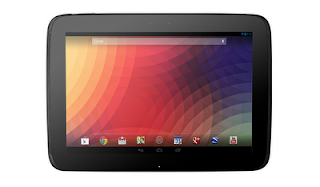A common work-space can help this kind of collaborative environment tremendously. A place to post updates, schedules, upload common documents, project notes, pictures, issues, etc.
We created DAS project portal with this goal.
It takes less than a minute to start a username and password protected simple project portal.
Well organized, easy to navigate.
Available from field or office, laptop as well as smart phones.
One of the cool features is the sharing feature. Easy to share between multiple users at multiple organization(s). You can share the whole project (with all the text, pictures, files) really easily by sending a e-mail notification. And if you just want to share a single file instead of the whole project portal, it's just as easy.
After the break check out a few snapshots of one such project portal.
























